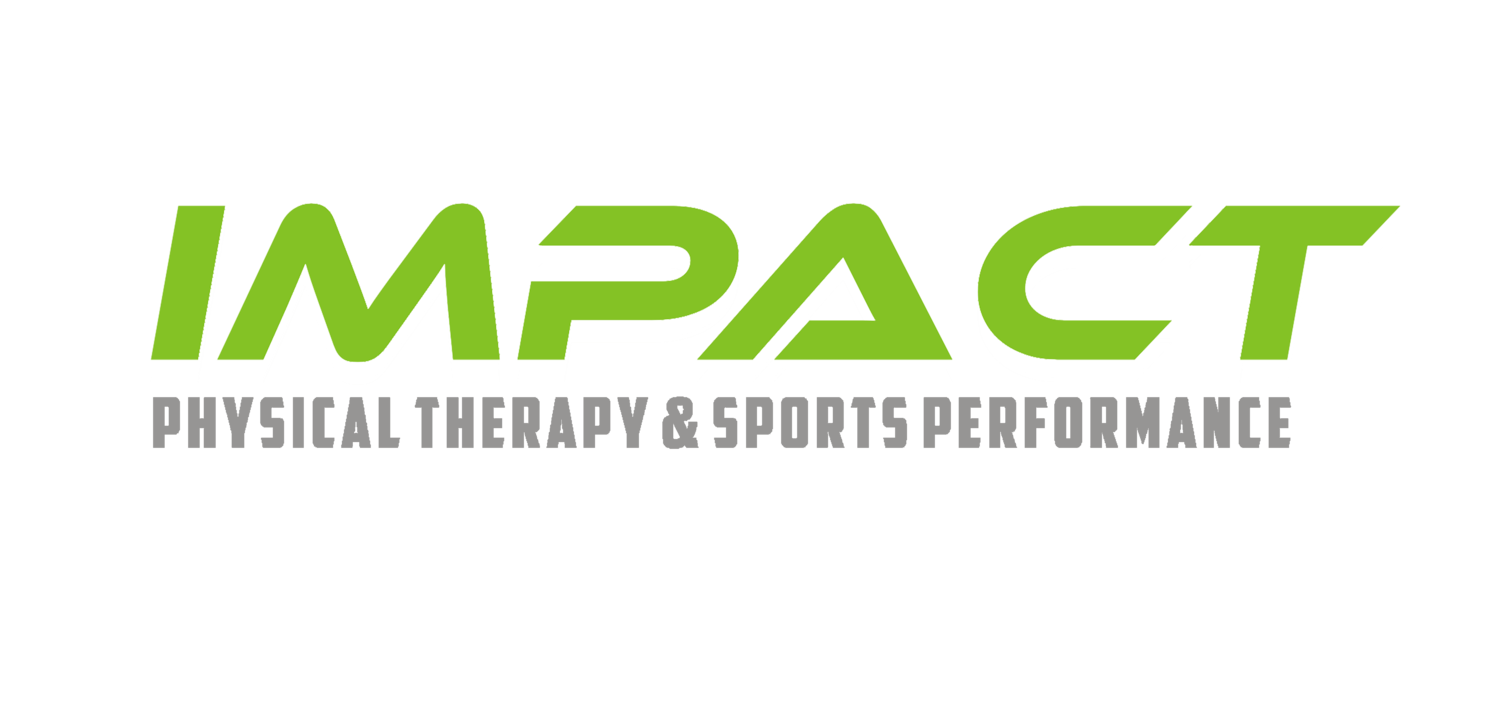Understanding Pain: Why It Doesn’t Always Mean Something is Wrong
Pain is something we’ve all experienced, whether it’s a twinge in the back, an aching knee, or discomfort after a long day at work. Many people equate pain with injury or damage, but the truth is more complex. At Impact Physical Therapy and Sports Performance, we know that pain doesn’t always mean something is anatomically wrong. In this article, we’ll explore why pain occurs, what it means, and how to approach it holistically for effective relief.
The Nature of Pain
Pain is your body’s alarm system. It’s a way for your brain to alert you to potential danger or an issue that needs attention. However, it’s not always directly linked to physical damage or injury. Pain is influenced by multiple factors, including:
Stress: High stress levels can increase sensitivity to pain.
Emotions: Anxiety, fear, and even past traumatic experiences can amplify pain signals.
Lifestyle Factors: Poor posture, lack of sleep, and physical inactivity can all play a role.
Brain’s Interpretation: Pain is subjective, meaning your brain decides how much pain you feel based on context and perception.
Why Pain Doesn’t Always Mean Damage
Overprotective Alarm System:
Imagine a car alarm that goes off even when someone walks nearby. That’s how your body’s pain system can behave. Your brain might send pain signals even if there’s no physical harm, erring on the side of caution.Healing Can Outpace Pain:
After an injury, tissues often heal faster than pain subsides. This means you might still feel pain even when your body has already repaired itself.Chronic Pain and the Brain:
In cases of chronic pain, the nervous system can become hypersensitive. The brain continues to send pain signals even when there’s no ongoing injury.
How to Approach Pain Holistically
At Impact Physical Therapy and Sports Performance, we take a comprehensive approach to pain management, addressing both the physical and psychosocial factors that contribute to discomfort.
Movement is Medicine:
Gentle movement can calm an overactive nervous system and help your brain realize that certain actions are safe.
Physical therapy focuses on tailored exercises to improve mobility and strength without increasing pain.
Mindset Matters:
Education about pain can reduce fear and anxiety, which are major contributors to pain amplification.
Techniques like mindfulness and stress management can help reframe how you experience pain.
Lifestyle Adjustments:
Proper posture, quality sleep, and balanced nutrition all support a healthier nervous system and reduce sensitivity to pain.
Seek Professional Guidance:
A skilled physical therapist can assess your pain, address contributing factors, and create a personalized plan to help you regain function and confidence.
Empowering You to Move Forward
Pain can be frustrating and even scary, but it’s important to remember that it doesn’t always mean something is wrong with your body. By understanding the factors behind pain and addressing them holistically, you can take control of your recovery.
If pain is holding you back, let us help. At Impact Physical Therapy and Sports Performance, we specialize in treating pain from all angles—physical, emotional, and beyond. Contact us today to start your journey toward relief and resilience.

